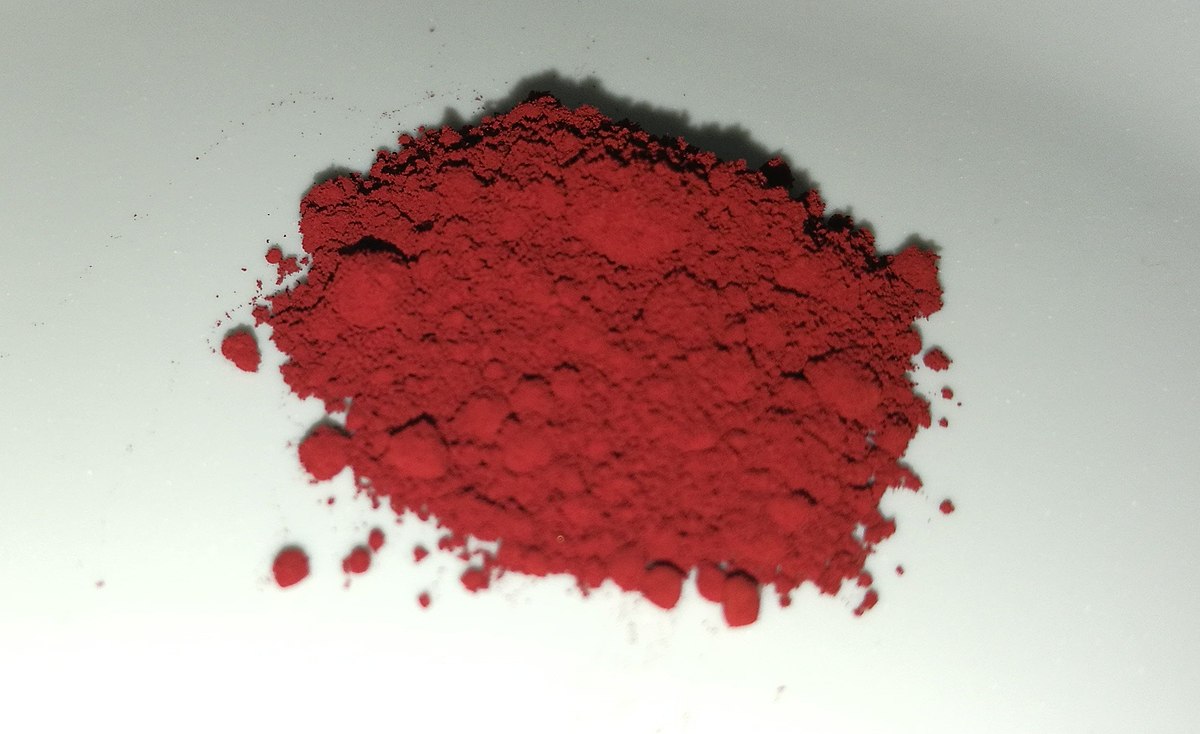What is Bisphenol A?
Bisphenol A, commonly known as BPA, is a chemical that is used primarily to make polycarbonate plastics and epoxy resins. These plastics can be found in various consumer products like water bottles, food containers, microwave oven trays, baby bottles and more. BPA is also used to line water pipes, making it present in many sources of drinking water as well.
How is BPA harmful?
Several studies have linked BPA to developmental and reproductive health issues. Some key findings include:
– BPA is an endocrine disruptor, meaning it mimics or interferes with hormones like estrogen in the body. Even low-level exposure can impact fetal development and increase breast cancer risk later in life.
– Exposure in utero and during infancy has been associated with neurological and behavioral issues like hyperactivity, depression and anxiety in animal studies. This is worrying as babies and young children are the most vulnerable.
– BPA may increase risks of heart disease, diabetes and liver damage according to some research. Its effect on the pancreas and metabolism have raised alarms about links with obesity too.
– While definitive links haven’t been established, many health organizations warn that minimizing exposure is the prudent choice given BPA’s ability to mimic estrogen.
Widespread presence in our daily lives
Despite awareness of risks, we encounter BPA frequently through:
– Canned foods as the lining of most food and beverage cans contains BPA-based epoxy resins. Heating causes BPA to leach into contents.
– Cash register receipts since BPA is used in the thermal paper they are printed on. Handling receipts means significant dermal absorption.
– Plastic containers numbered 3 and 7 like takeout containers, pizza boxes, plastic water and soda bottles unless explicitly labeled as ‘BPA free’.
– Dental sealants and composites as some may contain BPA levels comparable to food exposure.
– Canned formula for infants as even trace levels can impact neurodevelopment at this vulnerable life stage.
– Many store brands and discount foods still rely on BPA linings. More expensive organic options are safer but not always accessible.
So in summary, BPA exposure is unavoidable to some degree in modern society through our food, water and frequent touch points like cash registers. This constant low-level exposure throughout life is concerning.
Regulatory efforts and alternatives
Several jurisdictions have taken regulatory action to curb BPA usage. Canada was the first country to declare BPA toxic and ban it from baby bottles in 2008. The European Union later did the same and some U.S. states like California have also imposed limits.
However, the U.S. FDA has upheld that current exposure levels are safe based on industry studies. Independent experts counter that these safety assessments are outdated and ignore emerging science on developmental impacts of endocrine disruption.
Many companies voluntarily switched to safer alternatives like Tritan and Eastman Tritan for plastic bottles. Others label products ‘BPA free’ but the replacement may not be much safer either. More research is ongoing on BPA substitutes too to avoid regrettable substitutions.
While a complete ban may be ideal, reducing unnecessary BPA exposures makes sense. We can demand more transparency from brands and support manufacturers pursuing greener options. Small changes like avoiding cash register receipts, canned foods when alternatives exist and choosing glass or aluminum over plastic can all help lower individual risk. Further research is still needed to better understand low-dose, lifelong effects of this worrisome chemical.



